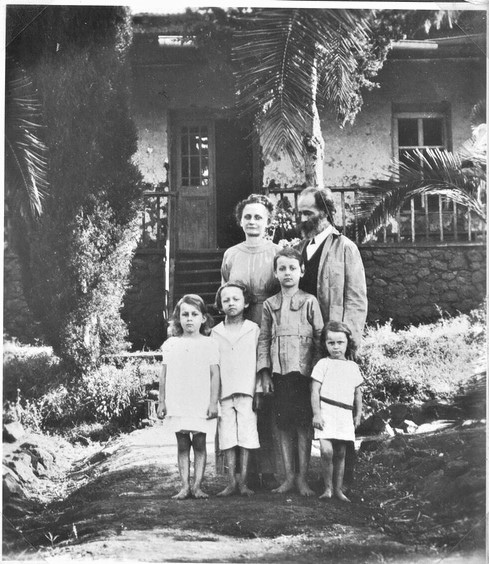gutmann books
the gutmann books
From the large number of publications by Gutmann (see also the Bibliography), we have identified the following as the most important, since in most of them the knowledge of the Wachagga is handed down in the original Kimoshi:
„Die Stammeslehren der Dschagga“, 3 Bde., München: Beck, 1932, 1935, 1938 [bilingual, Kimoshi and German, detailed introduction]
„Das Recht der Dschagga“. Mit einem Nachwort des Herausgebers, in Krüger, Felix. Zur Entwicklungspsychologie des Rechts, München: Beck, 1926
„Häuptling Rindi von Moschi“. Ein afrikanisches Helden- und Herrscherleben, Köln: Schaffstein, 1928
and the following smaller publications:
„Die Kerbstocklehren der Dschagga in Ostafrika“, in Zeitschrift für Eingeborenensprachen 13, 1922-23; S. 81-109, 205-35, 260-302 [bilingual, Kimoshi and German, detailed introduction]
„Das Rechtsleben der Wadschagga im Spiegel ihrer Sprichwörter“, in Zeitschrift für Eingeborenensprachen 14, 1924; S. 44-68 [bilingual, Kimoshi and German, detailed introduction]
„Bruchstücke aus den Kerbstocklehren für Mädchen nach dem ‚Mreho fo ljango’“, in Zeitschrift für Eingeborenensprachen 15, 1925; S. 1-19 [bilingual, Kimoshi and German, detailed introduction]
„Lieder der Dschagga“, in Zeitschrift für Eingeborenensprachen, 18, 3, 1928, S. 161-195 [bilingual, Kimoshi and German, detailed introduction]
Although all information on this website is freely accessible to the public, we would like to state that it is subject to copyright.
This applies to the texts by Bruno Gutmann, but also to all other texts and the translations, both into English and into Kiswahili.
Please contact us if you wish to use or quote texts from this website. All quotations must mention the authors and/or translators.
how to use the gutmann books
All books have their own „folder“ that contains the book in multiples formats as well as additional material. Click on the „read more“ button in the list of books below to jump directly to the folder you are interested in.
In each folder you will find two versions of the digitised book (see right).
Even for me as a German speaker, it is sometimes very difficult to understand exactly what Gutmann is saying. I often wish I had people in Old Moshi with me who understand the original Kimoshi so that I could find out the meaning of the German translation better with their help. Translating Gutmann is a challenge and an adventure. Therefore, this approach cannot replace a professional translation.
However, it gives you the opportunity to get at least a first insight into the content of each part of the books which gives you a certain amount of autonomy.
Hartmut Andres
first option
Download the book as PDF via a link or preview. It shows the original layout, but a digitised version is hidden behind the scan. If you now select and copy a section, you can paste it into a new document. You will then get the text without line breaks and blank lines. This information, as well as chapter headings in bold or indentations, can all be seen in the PDF. This is important, for example, in the case of songs, because the stanza and line structure is not shown here. A small question mark appears in the text where there is a line break with a word division in the original. You can simply delete this and then have a continuous text.
second option
Download the book as a plain text document in Word format (.doc). Here you cannot see the original layout, but the document retains the page and line structure of the original.
Please note that each page has two page numbers: firstly, the page number of the entire document (including, for example, the title pages, blank pages and the foreword …), and secondly, the page number as used in the book.
You can also copy a German text from the book and put it into a translation program (e.g. „Deepl„).
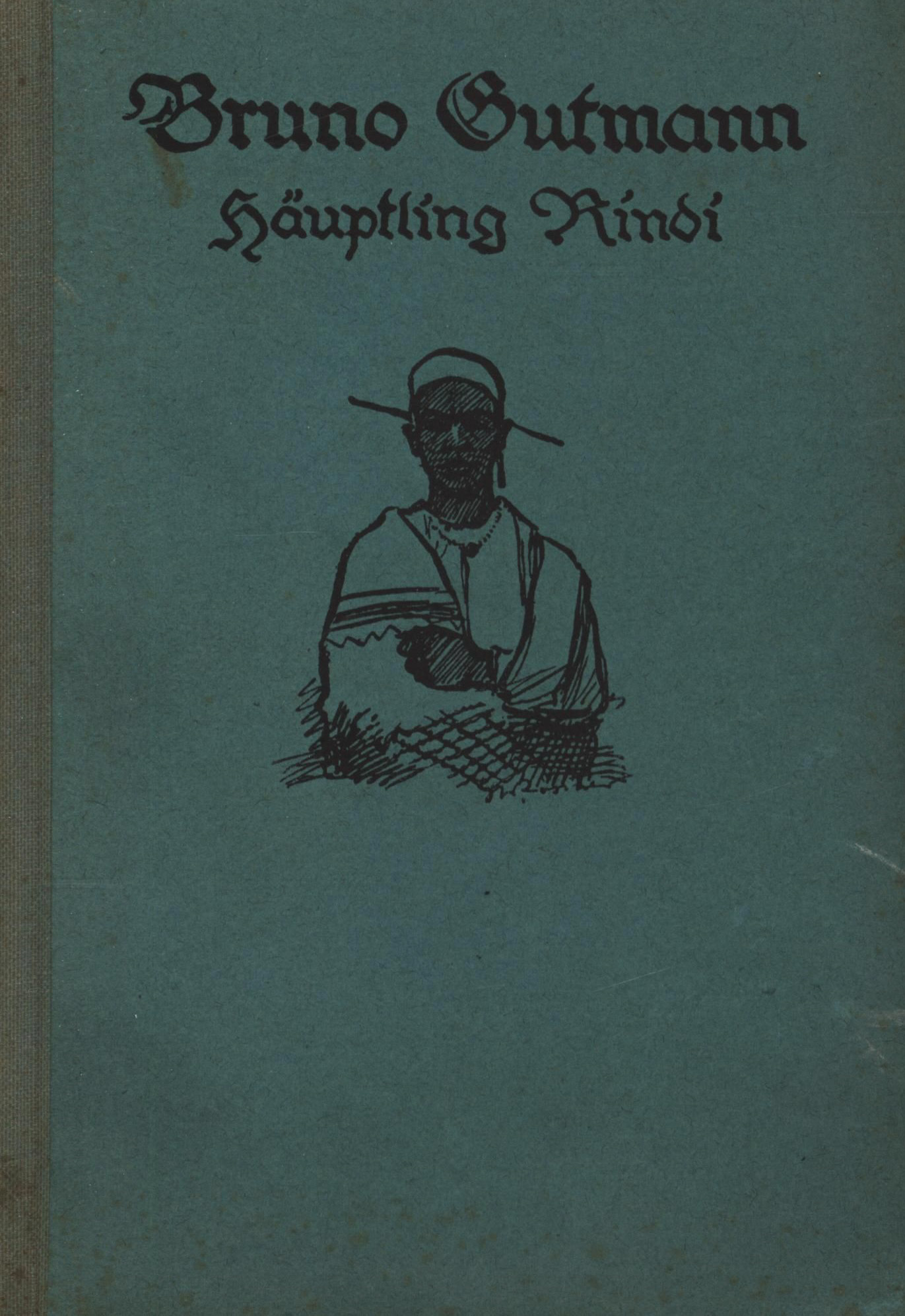
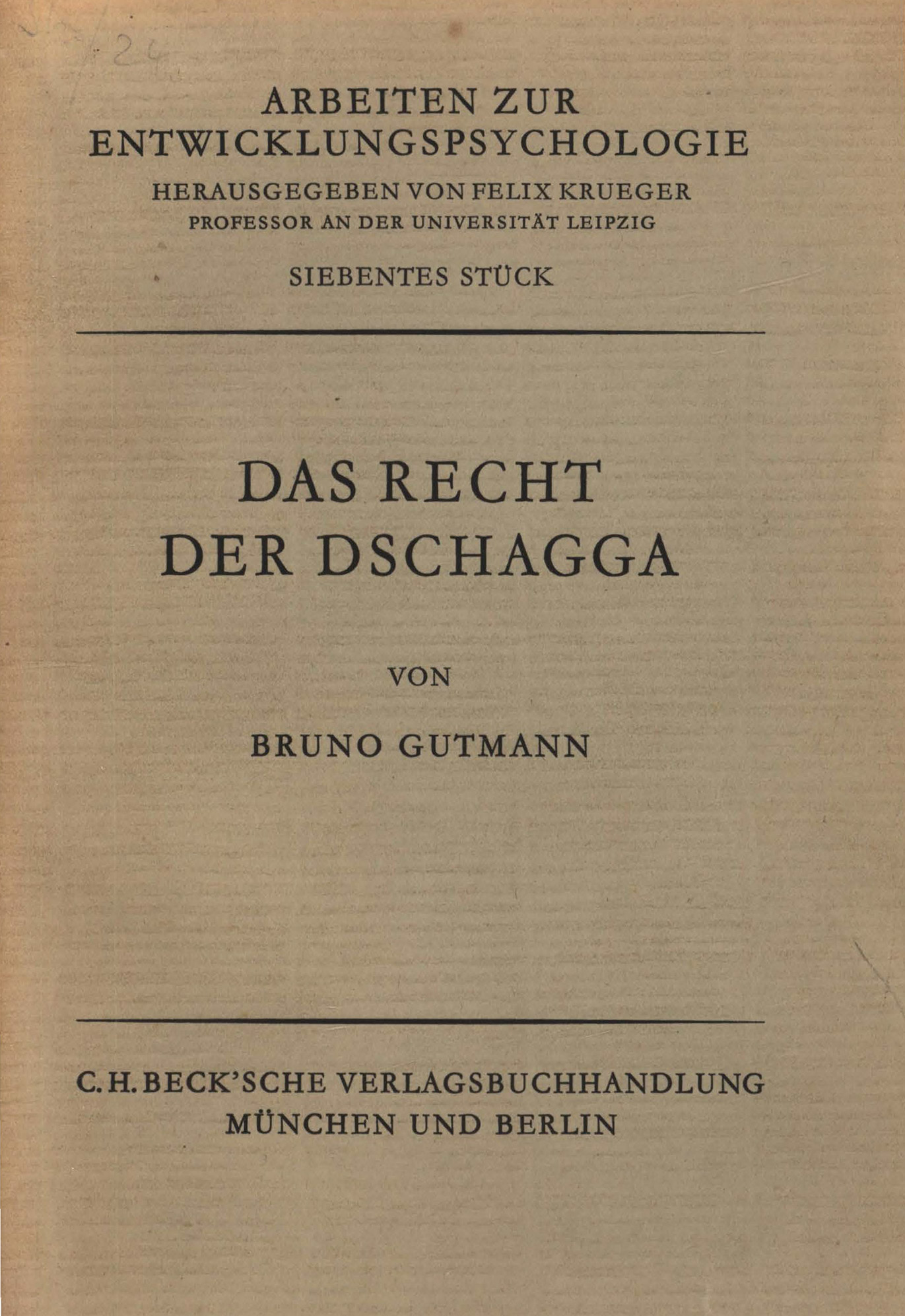
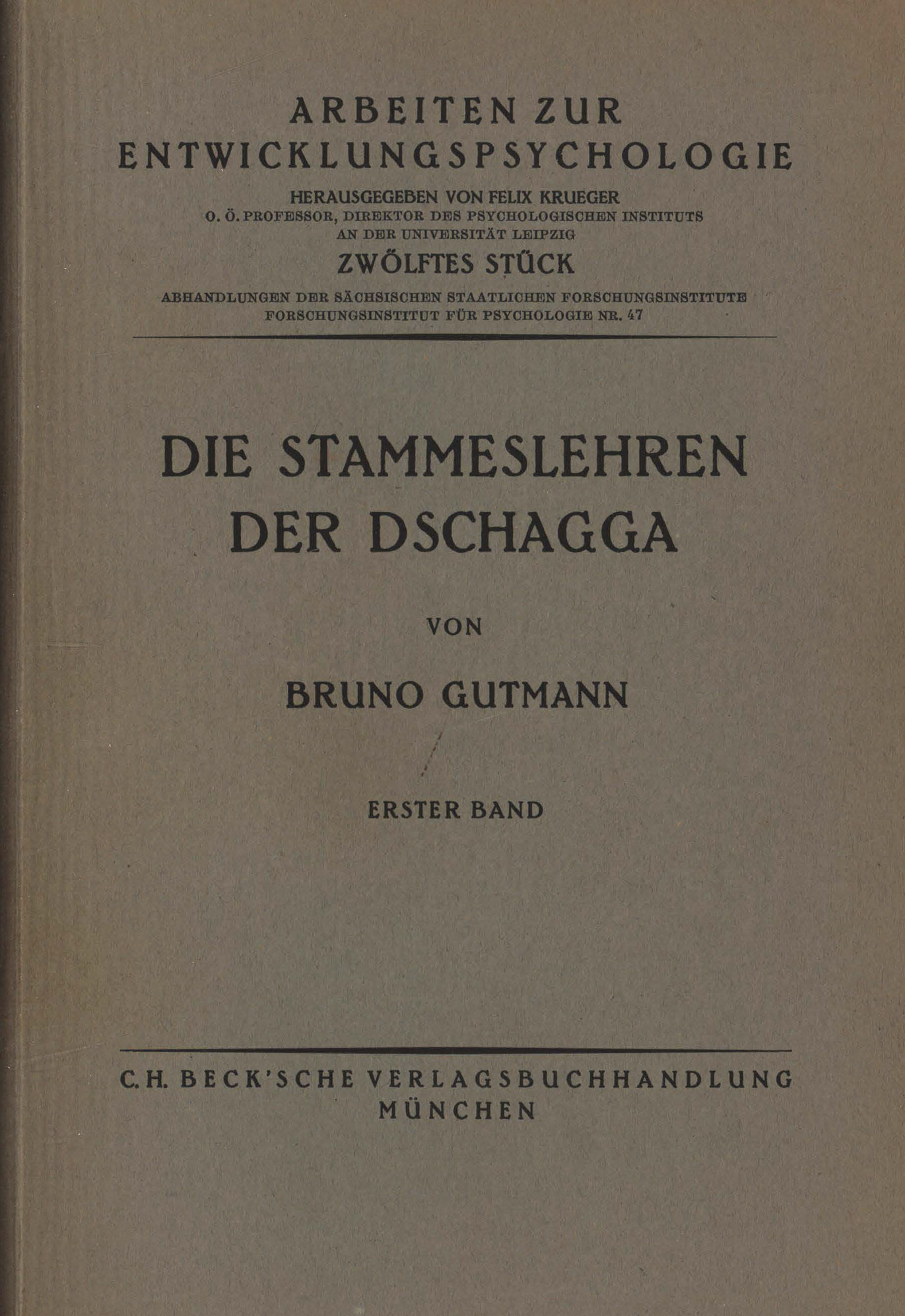
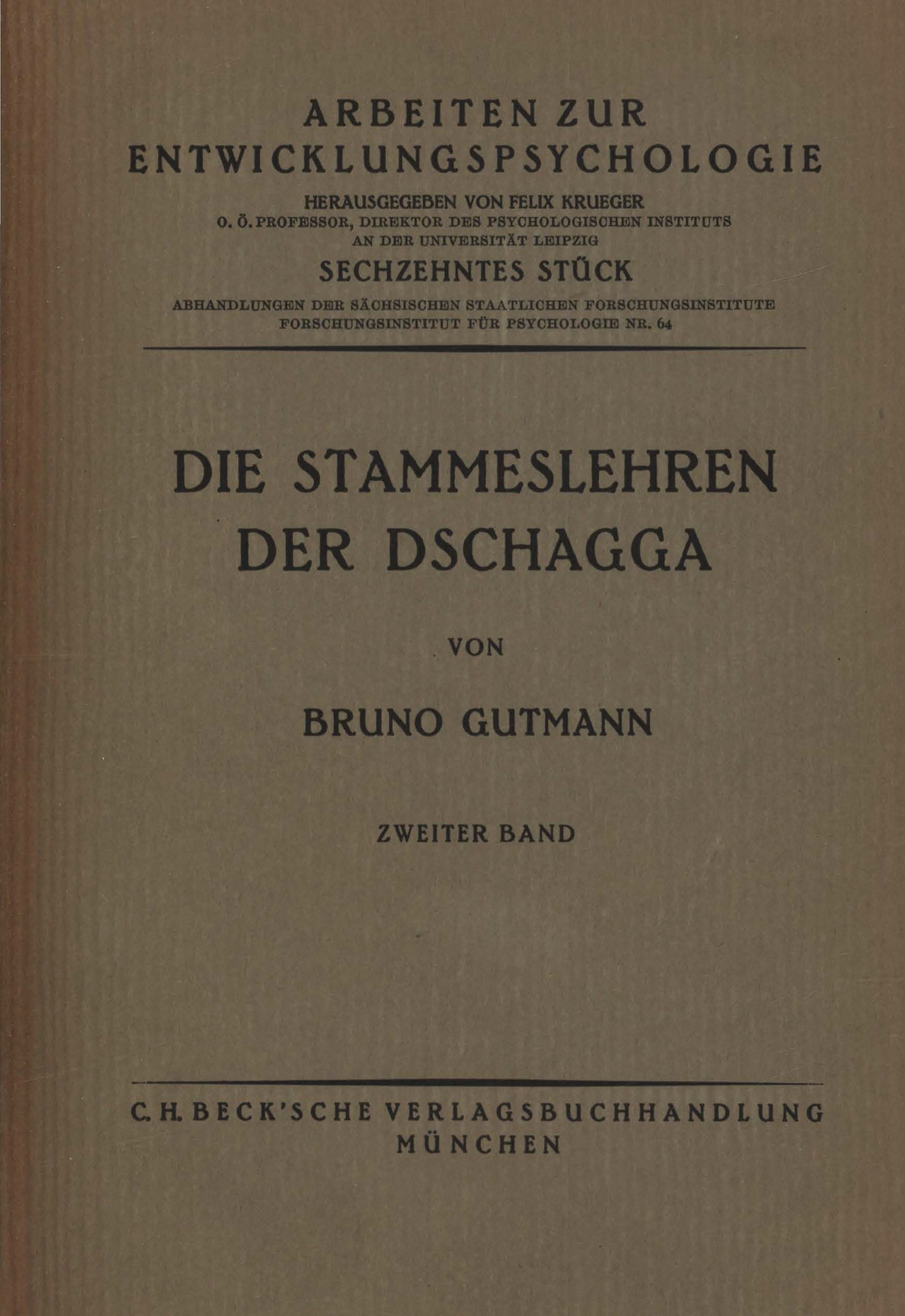
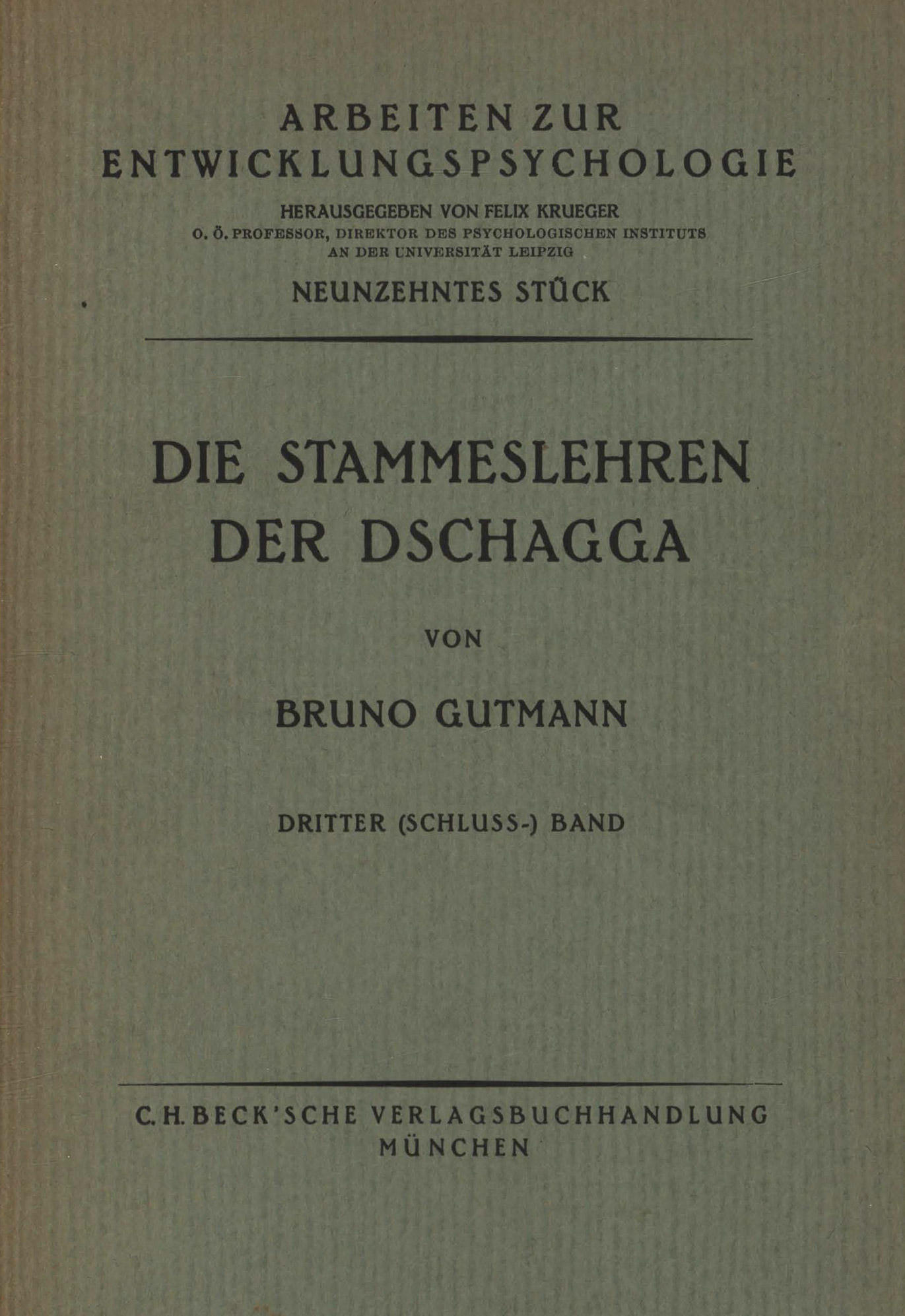
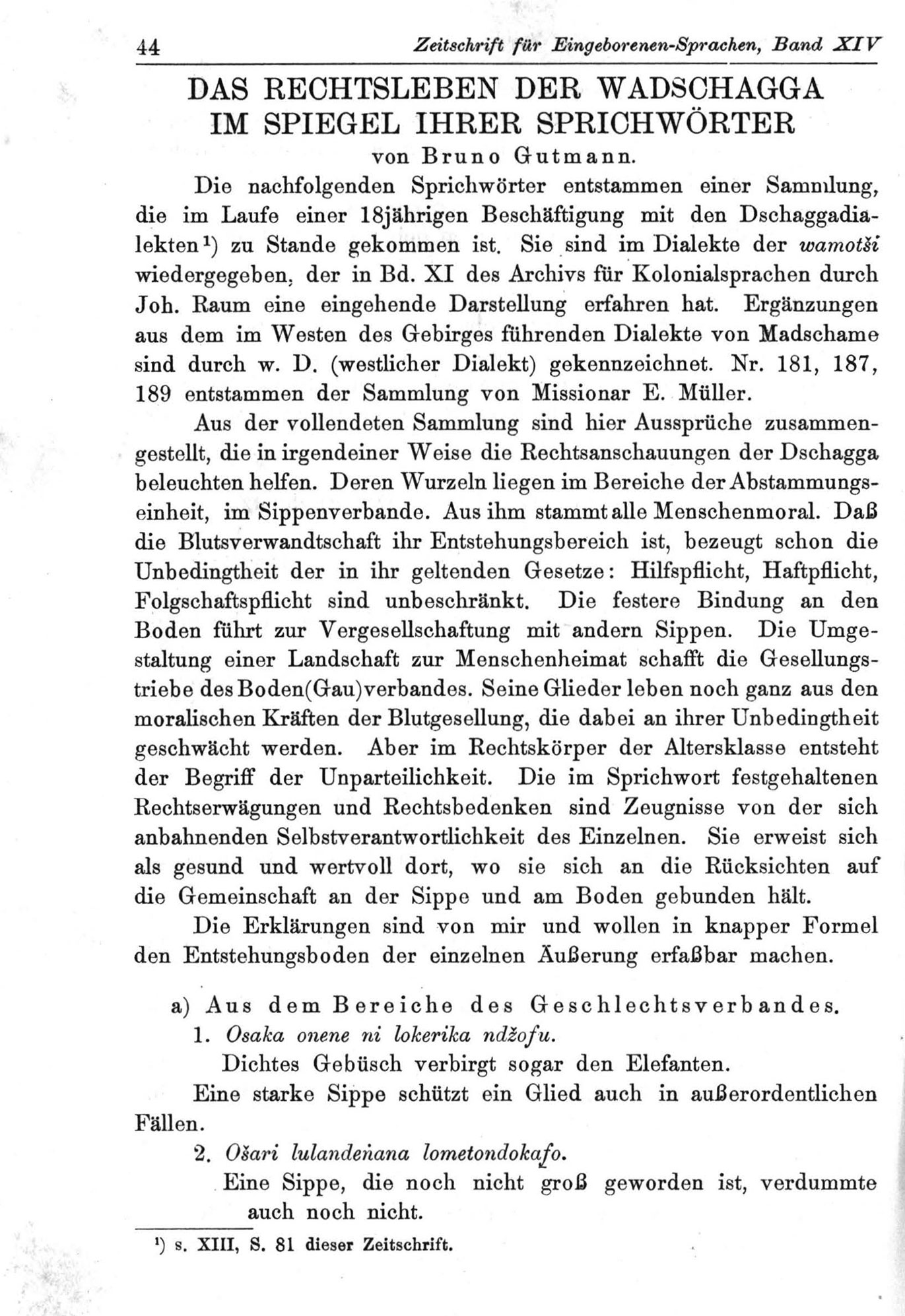
Das Rechtsleben der Wadschagga im Spiegel ihrer Sprichwörter
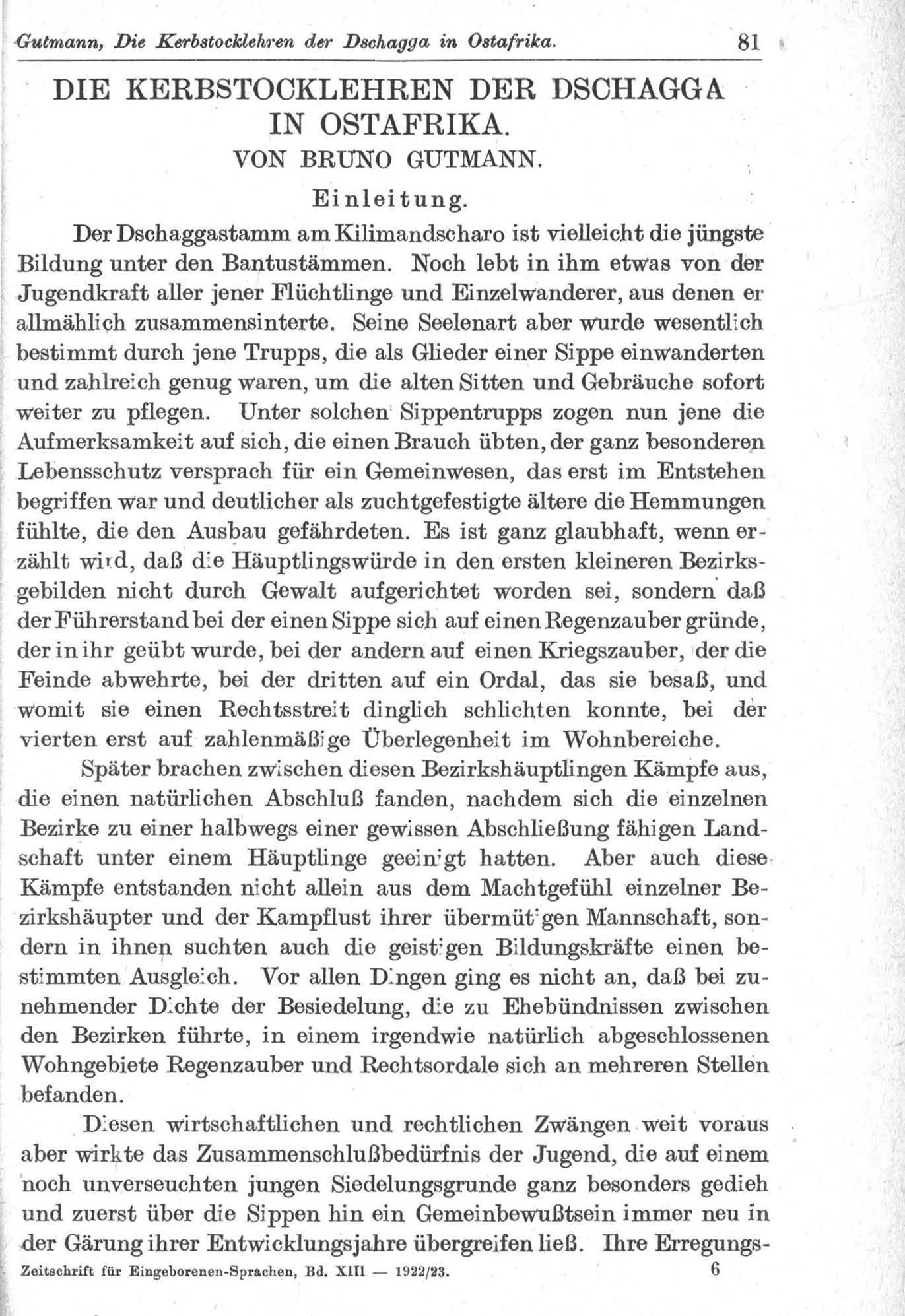
Die Kerbstocklehren der Dschagga in Ostafrika
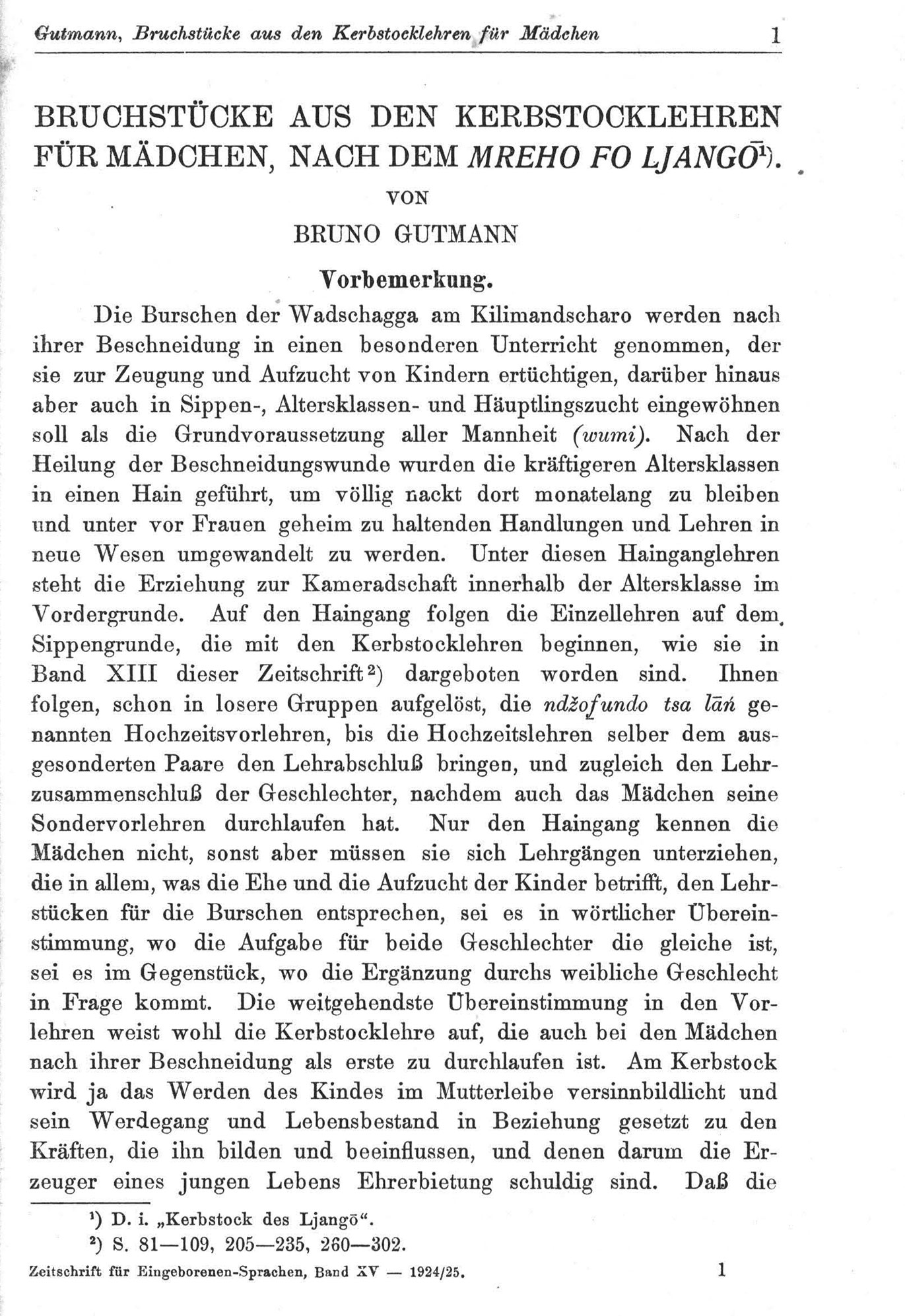
Bruchstücke aus den Kerbstocklehren für Mädchen nach dem "Mreho fo ljangō"
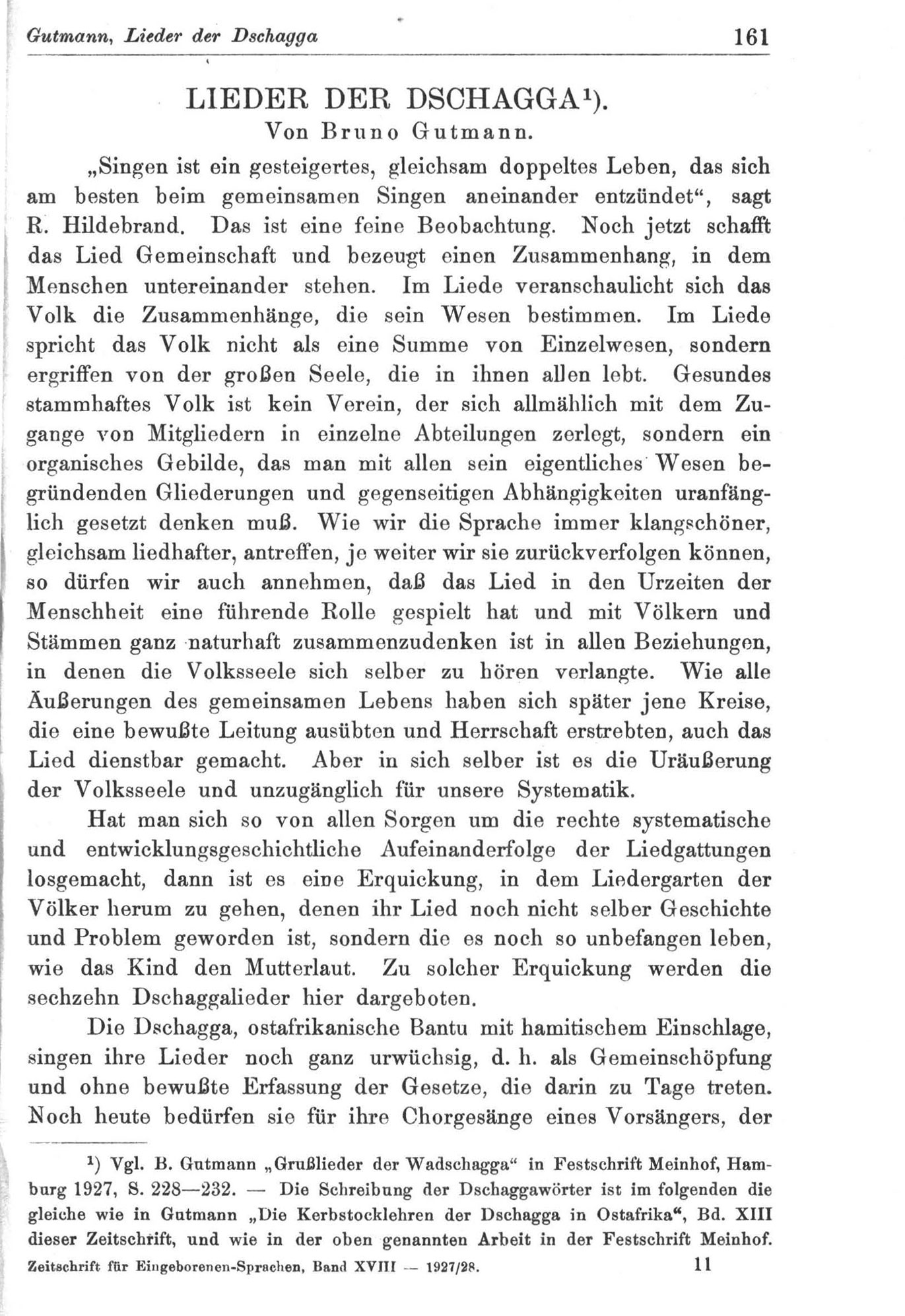
bruno gutmann (1876 - 1966)
Bruno Gutmann, born in Dresden in 1876, attended the Leipzig Mission Seminary in 1895, where he studied theology until 1901. Among others, the important Leipzig professor of philosophy and psychology, Wilhelm Wundt, had a great influence on him.
In 1902, he was sent to East Africa. Until 1906, he was an assistant at several mission stations around Mount Kilimanjaro before setting up his first station in Masama independently. In East Africa, he not only studied the language, but also the culture and customs of the Wachagga. In 1908, he returned to Germany for health reasons. Here he published his first works on Wachagga culture, after which he travelled back to Africa. In 1910, he took over the Kidia mission station (now Old Moshi). In 1920, Gutmann and the other German missionaries were expelled by the British colonial administration of the „Tanganyika Territory“ due to the provisions of the Treaty of Versailles; he returned to Germany. From 1926 to 1938 (with some shorter interruptions) he worked in Old Moshi again. He then lived in Middle Franconia, Germany until his death.
Bruno Gutmann married Elisabeth Förster in 1909, who supported him intensively in his work. The couple had four children.
In addition to his duties as a missionary, Bruno Gutmann researched and archived the oral tradition of the Wachagga. After his return to Germany, he published fundamental scientific works on their culture. He received honorary doctorates from the universities of Erlangen and Würzburg. He is regarded as one of the strongest defenders of the Wachagga culture against the influences of European civilisation, particularly by the colonial powers. With great commitment, he tried to mediate Christianity with the traditional Wachagga culture. Thanks to Gutmann’s work, a large part of the oral traditions of the Wachagga could be documented and preserved.
Gutmann is still held in high esteem by them today, Wachagga gave him the title of „Osaoye O Wachagga“ (Elder of the Wachagga).
We would like to express our sincere thanks to the descendants of Bruno Gutmann. They have given us the rights to republish his works on this website. Without their permission, this project would not have been possible.
